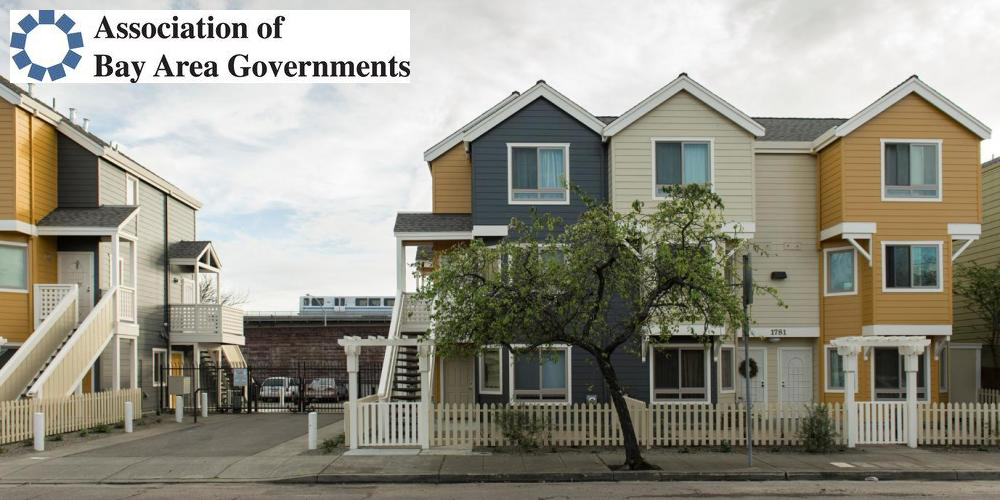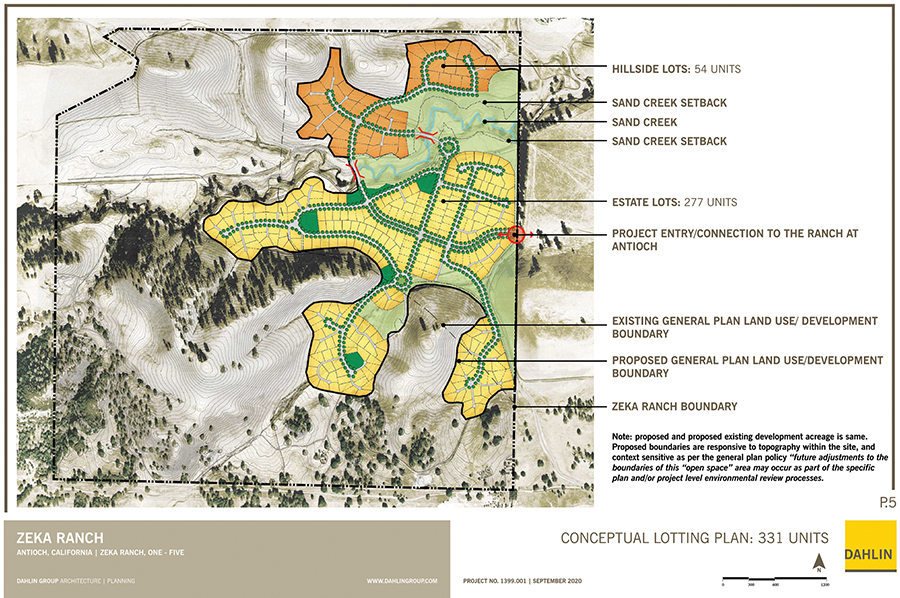
The latest plans for the Zeka Ranch new home project submitted to city staff last month. Note the grey, dashed line arbitrarily drawn by East Bay Regional Park District staff of where they wanted housing to be built on the property cutting off most of the flat land from new homes because it’s too close to the Black Diamond Mines Regional Preserve. This land is the target of Measure T and the environmentalists.
Unnecessary fourth vote by the people could have at the most only stopped 877 homes remaining to be approved; would have downzoned private property by over 97%, from 2 homes per acre down to 1 home per 80 acres – unfair, unAmerican, and an “illegal taking” of land
By Allen Payton
Antioch residents have the opportunity to vote on Measure T on the November ballot because a judge told the Antioch City Council they had to place it there. But, since that ruling, Gov. Newsom signed into law SB330, the Housing Crisis Act of 2019.
According to the Legislative Counsel’s Digest, “This bill, until January 1, 2025, with respect to land where housing is an allowable use, except as specified, would prohibit a county or city, including the electorate exercising its local initiative or referendum power, in which specified conditions exist, determined by the Department of Housing and Community Development as provided, from enacting a development policy, standard, or condition, as defined, that would have the effect of (A) changing the land use designation or zoning of a parcel or parcels of property to a less intensive use or reducing the intensity of land use within an existing zoning district below what was allowed under the general plan or specific plan land use designation and zoning ordinances of the county or city as in effect on January 1, 2018.”
What that means is even if Measure T passes, it will have no effect on the remaining four parcels of land on the west side of Deer Valley Road in the Sand Creek Area that have had a 2-home per acre zoning designation since the 1980’s and officially since 2005.
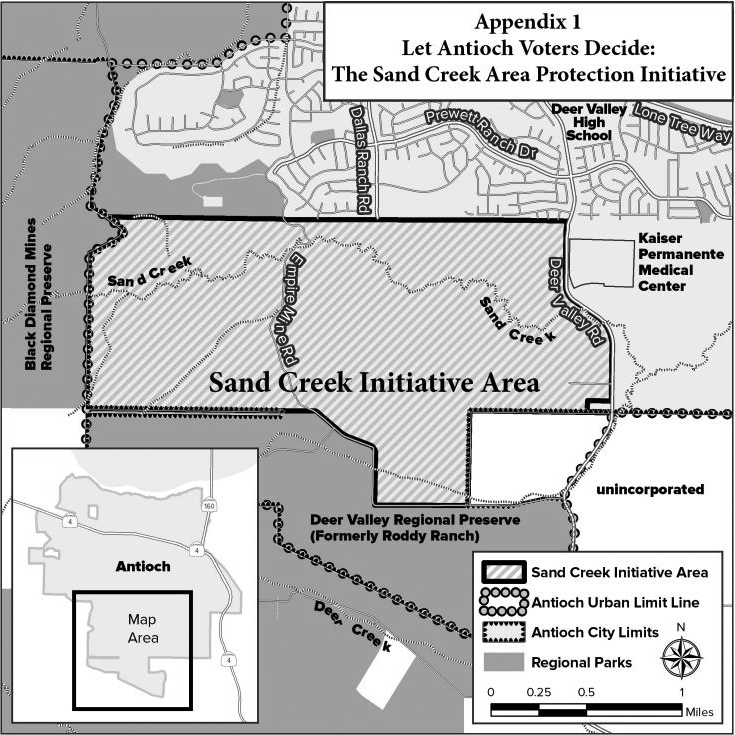
So, why is Measure T on the ballot?
Because in early 2018 out-of-town environmentalists with a few Antioch residents who supported their efforts, pushed forward the Let Antioch Voters Decide: The Sand Creek Protection Initiative. They were trying to stop about 2,000 homes by moving in the city’s Urban Limit Line and downzoning all the property west of Deer Valley Road to just one home per 80 acres – a 97.4% decrease in housing units and devaluation of property.
But the proponents lied to Antioch residents to get them to sign the petitions telling them they could stop 8,000 homes. Yet, they knew that only 4,000 homes were allowed in the Sand Creek Area since the city council voted for that amount in the City’s General Plan in 2005.
The fact is by 2018, 1,174 homes had already been approved on the east side of Deer Valley Road. Plus, another 350 are planned on the eastern edge of the area, 121 homes planned north of Kaiser, and 301 senior homes are planned in a gated community in the hills south of Kaiser, for a total of 1,946 homes. That left only 2,054 homes that the initiative might have been able to stop – because it only affects the west side of Deer Valley Road.
Richland Development, the proponents of The Ranch project with its 1,177 homes on the west side of Deer Valley Road, launched their own initiative to get the voters to approve their project, but also threw their neighboring four properties under the bus downzoning them to one home per 80 acres, as well. Although they gathered enough signatures and the council adopted their initiative in 2018, a judge threw it out. Instead, in June of this year, the city council voted unanimously to approve The Ranch project and the environmentalists did not oppose it. In fact, they praised the project for protecting hillsides and the 250-foot setbacks to Sand Creek. (See related article)
So, that leaves only 877 homes that can still be approved in the Sand Creek area. Not 8,000 or even 4,000.
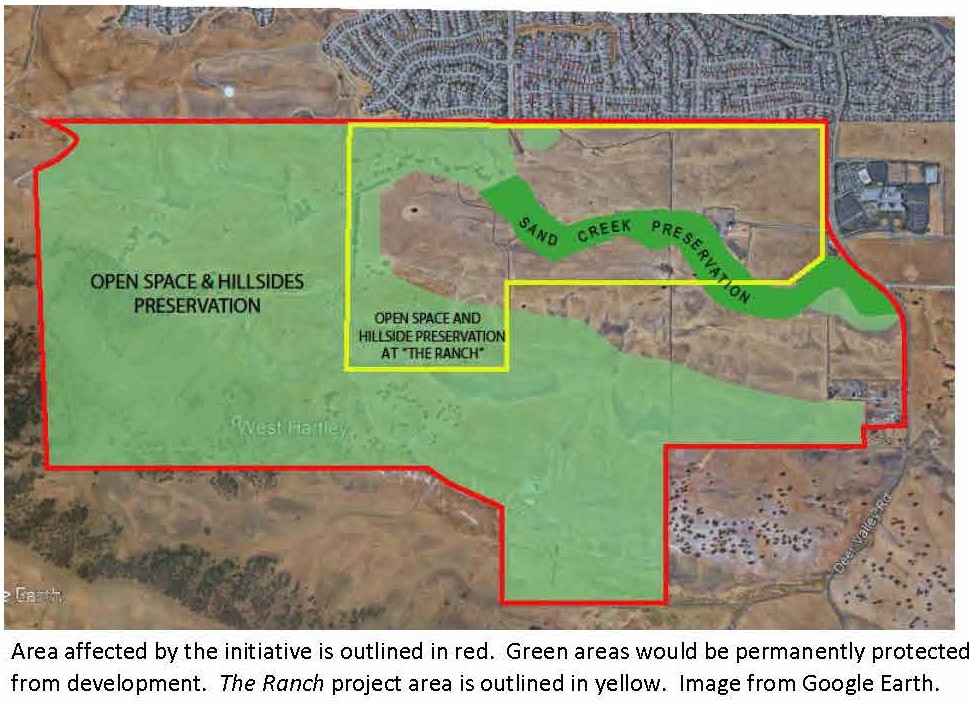
Map of area covered by the Richland Communities’ alternative initiative that would have downzoned and devalued neighboring properties, and The Ranch 1,177-home project area. Herald file graphic.
History of New Homes Planned for the Sand Creek Area
The bottom line is homes have been planned for the Sand Creek Area since the 1980’s when the city council and staff started drawing up plans and communicating with the landowners. Then we the people voted – three times, telling the landowners homes could be built on their property. Developers started making option payments on some of the land as early as 1989.
Beginning in the mid-1990’s 8,950 homes were planned in the Sand Creek Area, then known as Future Urban Area 1 (FUA-1) and 700 homes were proposed for the Roddy Ranch development for a total of 9,650 homes. But that number was reduced to 4,700 homes total by the City Council in 2003.
1990 – First Vote of the People Allowing New Homes in Sand Creek Area
Yet, what they call open space has actually been owned by developers for 20 or more years, since we the people of the county voted in 1990 for an Urban Limit Line and placed it along the ridgeline on the south side of the former Roddy Ranch Golf Club. That vote cut off 65% of the land in the county from subdivision development. The Sand Creek area land is inside the other 35% of the land where it’s allowed.
2005 – Second Vote of the People Allowing New Homes in Sand Creek Area
Then after the Board of Supervisors moved the ULL in and cut out the Roddy Ranch property, in 2005, we the people of Antioch voted to move the ULL back out and establishing Antioch’s own ULL. Known as Measure K, it passed by almost 60% of Antioch voters.
2007 – Third Vote of the People Allowing New Homes in Sand Creek Area
Then in 2007, the county had another vote on the Urban Limit Line to confirm its location. The line remained in the same place. So, once again we the people voted to allow new home construction in the Sand Creek area.
Land is Owned by Developers, It’s Not Open Space
That’s why for over 20 years the land in the Sand Creek Area has been owned by developers, waiting for the right time in the market to get their projects approved and build their voter allowed new home subdivisions.
But they missed the market, twice and faced the 2008 economic downturn. Yet, in the meantime, Highway 4 was widened through Antioch, the Highway 4 bypass/extension was built to Balfour Road in Brentwood and BART opened in our city. All the internal major streets in Antioch and highways were designed with 12,000 homes planned for the Sand Creek Area and south. Yet now that the Roddy Ranch is permanent open space, so those 700 homes planned for half-acre lots inside a gated community on 900 acres inside the ULL, will not be built.

City of Antioch planning map with land-use designations. VLD-H = very low density hillside, etc.
11th Hour Effort to Stop the Sand Creek Area Homes
Then, just as three of the remaining five property owners were ready to move forward with their plans for final approval by the City Council, the environmentalists tried to stop them with their initiative. Worse, even though the Zeka Ranch was ready to submit plans in 2017, they were advised by City staff to hold off until The Ranch project on the east side of the old Empire Mine Road submitted their plans, so they could coordinate on road alignments. So, The Zeka Group held off. In the meantime, the two initiatives moved forward, and both gathered enough signatures to be placed on the ballot. Instead the five members of the City Council chose to adopt both initiatives instead of placing them on the ballot.
Why Can Brentwood Have Nice Homes & Gated Communities, But Not Antioch?
They didn’t stop the nice, upscale, senior and gated communities, and even million-dollar homes from being built in Brentwood. But they don’t want Antioch to have them? Why not? People who live in Antioch want to live here, move up to a nicer home, or to a senior community and not have to move out of town, like some of our former city leaders have actually done – to Brentwood.
Plus, the homes in the Sand Creek Area on the west side of Deer Valley Road won’t be built for five to 10 years, because the sewer line has to be extended from the east end of the valley. Also, all the homes will pay the regional traffic impact fee of $15,000 each, and a new, annual police funding assessment, yet they won’t have the impact on crime and police services as other parts of Antioch. That’s just a fact.
The best part is that the types of homes planned for the Zeka Ranch project will attract business owners and executives to Antioch to bring their companies and jobs to the 200-acre area near Laurel Road, that the city council I was a part of set aside in 1998 for employment and commercial uses.
Here’s What’s Really Been Going On
The environmentalists and the East Bay Regional Park District lust for the Zeka Ranch and its 640 acres adjacent to the Black Diamond Mines Regional Preserve. Although they could build 1,280 homes on the property based on the two homes per acre zoning designation, The Zeka Group, owner of the Zeka Ranch, originally planned about 1,100 homes. The park district threatened to sue the City of Antioch if they allowed that, so Zeka chose to be a good neighbor and reduce their total to 750 homes. But that wasn’t good enough. Park district representatives drew an arbitrary line on Zeka’s property and said they could build homes in that area. (See map top). The Zeka Group, led by Antioch homeowner Louisa Zee Kao, chose not to fight and scaled down her project again, this time to just 337 units on 200 of her 640 acres. Yet, that’s still too many for the environmentalists and what they’ve written into Measure T which would downzone the property to just eight homes, total! Why? So, the park district can buy it for pennies on the dollar. That’s what the environmentalists tried to do a few years ago by asking The Zeka Group to sell their land at a deep discount to another developer to be used as open space, at a price much lower than the $30 million they’ve spent to purchase it, as well as the costs for creating the plans and going through the city approval process.
Taking of Land
That’s what is called an illegal taking of land. That’s why The Zeka Group won in court twice and both The Ranch initiative and the environmentalists’ Sand Creek initiative were thrown out in 2019. The judge said the council couldn’t adopt The Ranch initiative the way it was written. He also said the Let Antioch Voters Decide initiative, (which is ironic, since the environmentalists got the five council members to decide by adopting it in 2018, circumventing the voters) had to be placed on this November’s ballot. (See related articles, here and here)

SB330 Makes Moot Measure T
But the initiative is moot – has no meaning and will have no impact – due to the language in SB330. Even if Measure T could go into effect, it’s just wrong, unfair and frankly unAmerican. How would you like it if you followed the rules, bought some property, spent money on plans within the limits allowed and just as you’re ready to get your approval to build, the rules are changed on you and now your property is worth 2.5% of what you paid for it? I doubt you would like it or think it’s fair. But, that’s what Measure T is attempting to do to four property owners in Antioch.
Fortunately, that can’t happen and the Yes on T campaign is really a waste of time and their supporters’ funds. Yet the environmentalists are still trying to deceive the voters of Antioch hoping that you’ll vote for Measure T to send a message to future council members to not approve the remaining 877 homes. However, if a future council votes against the Zeka Ranch project or any others on the remaining parcels in the next five years, the City will be on the hook for having to purchase the land at the fair market. That could cost Antioch taxpayers millions of dollars. So, save our tax dollars, don’t take their land, and vote No on Measure T. To learn more, visit the No on Measure T page on this website.













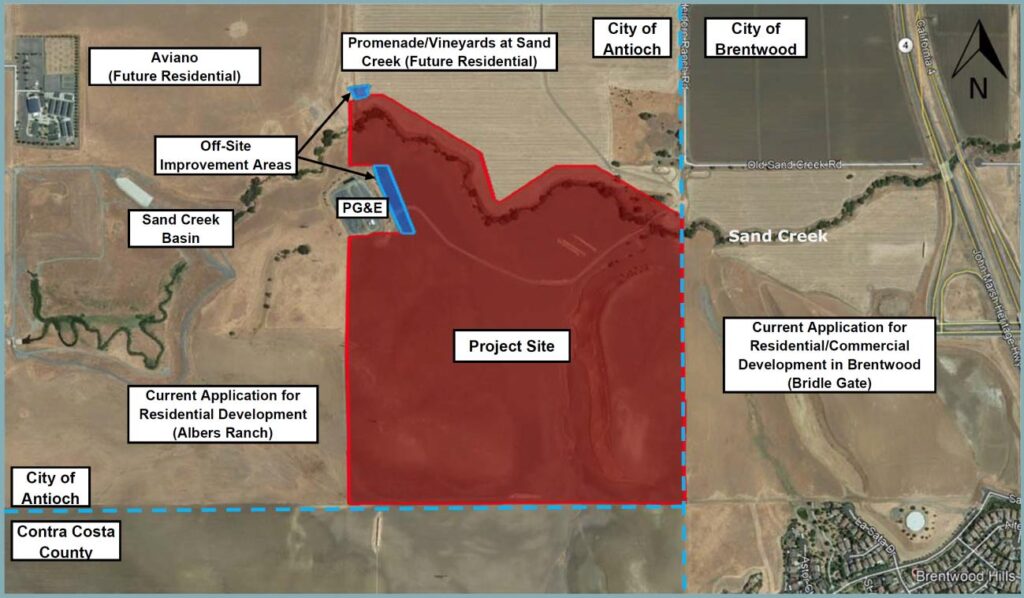
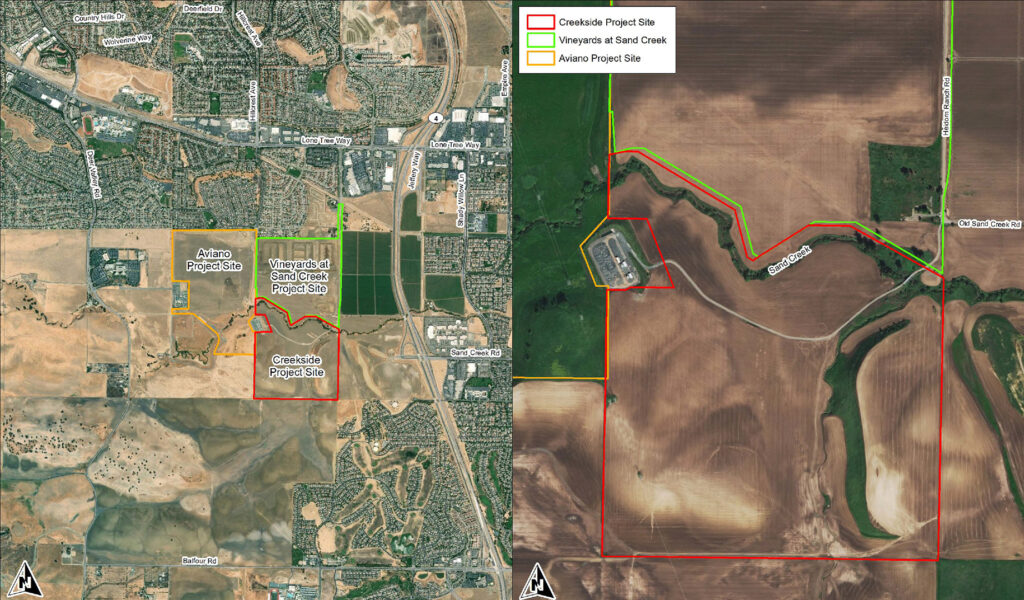
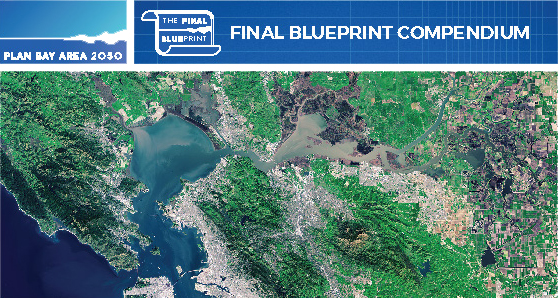
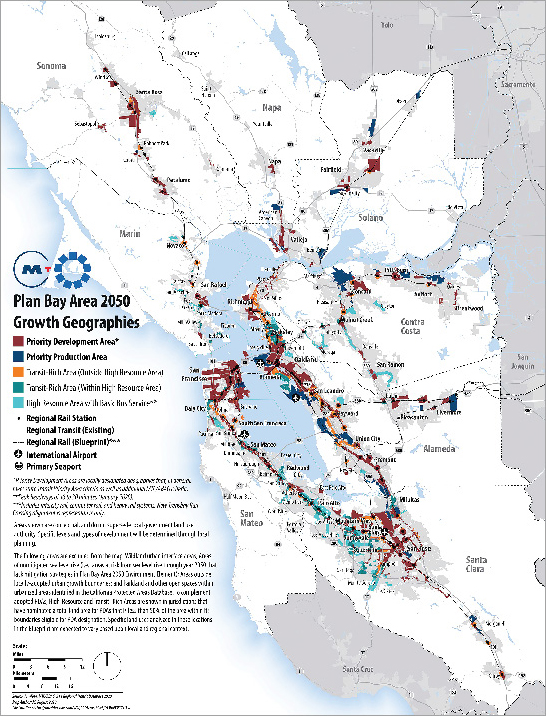
 The evil of
The evil of 


